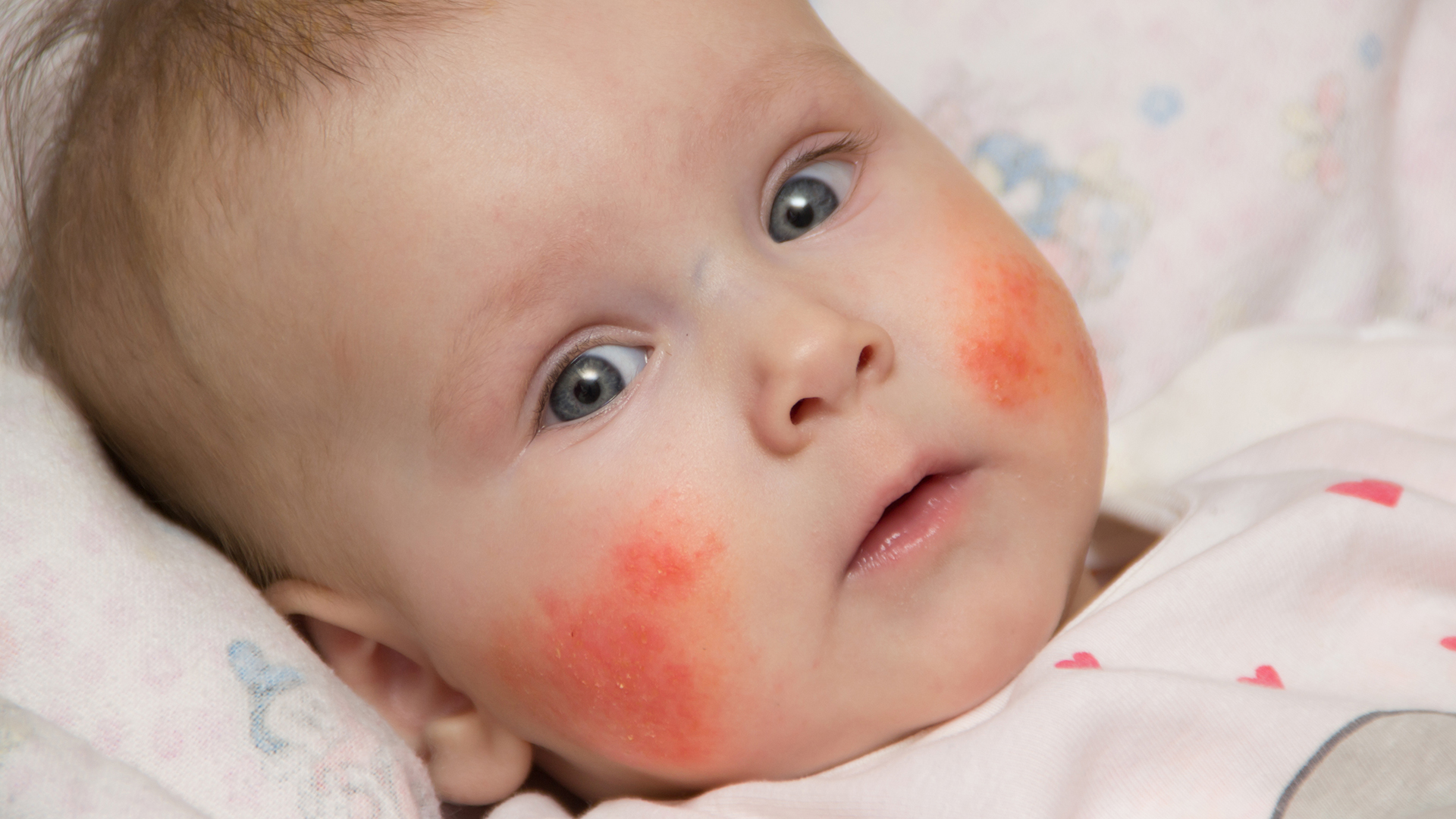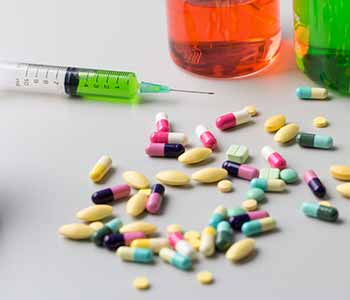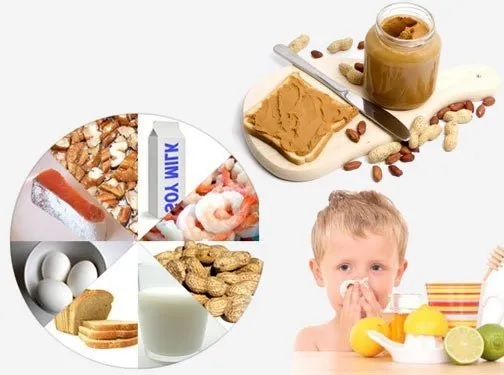Eshealthtips.com – Food Allergies are immune reactions to substances found in food. While most allergens are safe for us, some can cause a life-threatening reaction. For example, peanuts are a protein allergen, but they can also be found in salad dressings. For this reason, it is important to read ingredients labels carefully to identify foods that may be allergenic. If you notice a strange ingredient in a salad dressing, you may have an allergy.
Signs of Children at Risk for Food Allergies
Children with milk and soy allergies are at high risk for developing these allergies. These reactions can start as early as days or weeks after ingestion. In infants and children, the symptoms of a food allergy can be very severe. Some children may experience colic or even blood in their poop. Other symptoms may include asthma or diarrhea. For the most severe allergic children, doctors may prescribe a specific diet to prevent or minimize the symptoms of food allergy.
If you have a food allergy, you should avoid foods with similar chemical compositions. For example, a person with an allergy to shrimp may also be allergic to other shellfish, such as oysters. This is called cross-reactivity. Also, people who are allergic to ragweed may also react to apple peels. In such a case, it is important to seek medical help if you suspect you have a food allergy.

A medical doctor can diagnose food allergies based on thorough health history and physical examination. A list of foods eaten before the allergic symptoms began is essential. Sometimes, a doctor may order certain blood tests to be certain. Ultimately, the right diagnosis is the one that is most helpful for you. Your healthcare provider will also make a treatment plan that works for you. There are no definite treatments for food allergies, but there are a number of ways to manage them effectively.
How to Effectively Manage Allergy Symptoms
The most effective way to manage food allergy symptoms is to talk with your healthcare provider. They can prescribe an emergency epinephrine pen if needed. This medication will help you control allergic reactions if you are at a restaurant or at a party. Be sure to alert important people and explain your food allergies. Remember, food allergies can be life-threatening and need immediate medical attention. So, take care of yourself, your loved ones, and your friends and family!
If you are prone to developing a food allergy, you need to avoid eating those foods that trigger your symptoms. However, some of these foods are hidden in dishes, so reading labels carefully is the best way to stay safe. Wearing medical alert jewelry is also a good idea. It is best to consult with your healthcare provider before changing your diet or avoiding certain foods altogether. If possible, try to avoid all foods that trigger your food allergies.

Most severe reactions are caused by shellfish and peanuts. However, food allergies can be caused by other types of foods, such as wheat, eggs, soy, and dairy products. Most food allergies outgrow during childhood and most go away by the time the child is five. However, peanut allergies may be lifelong. Children may have a severe allergic reaction to as little as one-quarter of a peanut. They may also experience severe reactions to dairy, shellfish, and soy.
Reactions That Cause Severe Allergic States
There are many signs and symptoms that can indicate a food allergy, including gastrointestinal upset, abdominal pain, diarrhea, and even difficulty breathing. Symptoms of a food allergy may resemble those of other diseases. A severe reaction can cause a medical emergency. In such cases, emergency medications such as epinephrine (Epi-pen) are used to control the symptoms. If symptoms are severe, the goal is to avoid a particular food as much as possible.
The FDA inspects food manufacturing facilities in accordance with 21 CFR part 117. Inspections are conducted to determine whether cross-contact with allergens is minimized and how allergen labels are implemented. If necessary, food producers must implement these controls in their products. If they do not, the FDA may seize violative products or refuse imports if the food contains them. They have the authority to halt the supply of allergens if they are deemed unhealthful.

The Food Allergy Labeling and Consumer Protection Act (FALCPA) requires manufacturers to identify eight common allergens on their labels. These allergens can be present even as an incidental ingredient. All other products must be labeled. A food allergy diagnosis can lead to severe consequences, so it is vital to treat the condition early. However, food allergy is one of the most common types of allergic reactions. Symptoms can vary in severity from mild to severe.
Reference: